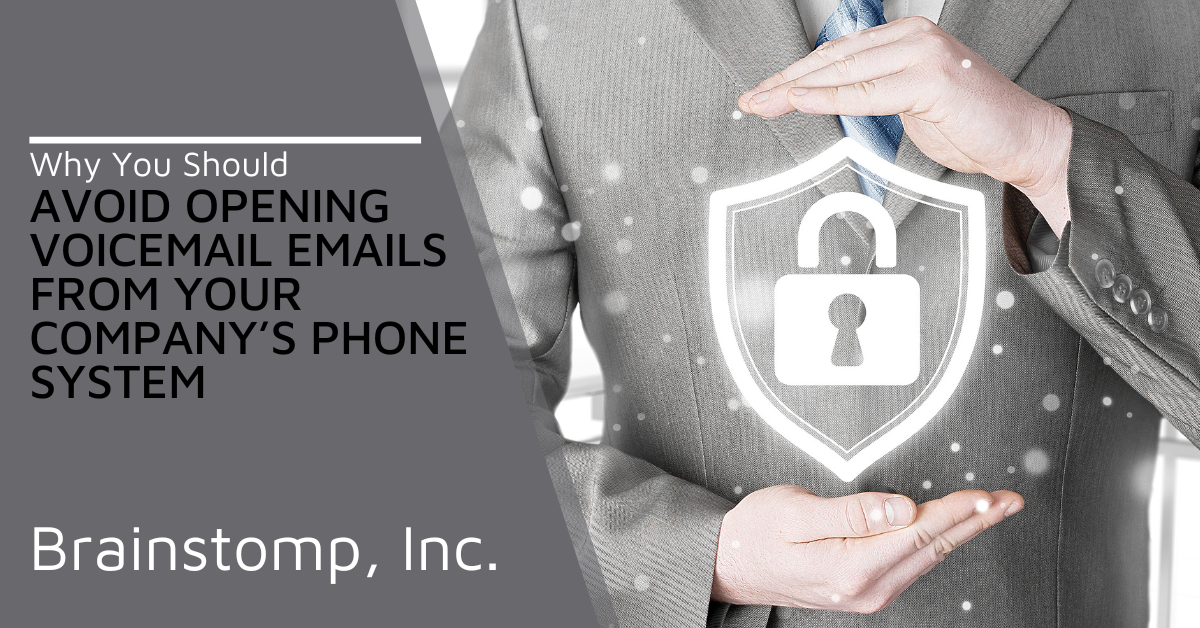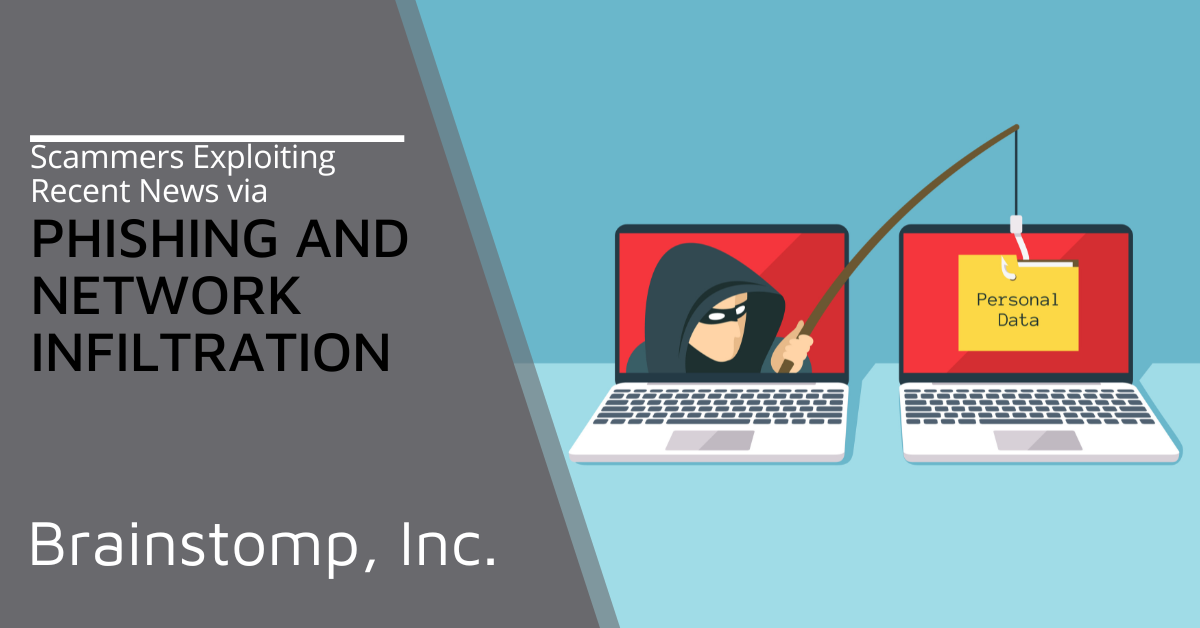Understanding Who Is Responsible for Cloud Security (and Why It’s Not Always the Provider)
/More businesses are turning to cloud platforms like DigitalOcean, AWS, Microsoft Azure, and Google Cloud to scale faster and work more efficiently. By moving key operations to the cloud, organizations can streamline day-to-day tasks and keep their systems running smoothly from the start.
However, even with these benefits, security in the cloud is a shared responsibility. Providers handle the core infrastructure, but you’re still accountable for protecting your data and managing your configurations. Understanding where those boundaries lie is essential to avoiding security gaps and maximizing the value of your cloud investment.
Why Cloud Security Matters
Cloud environments play a crucial part in business operations. You can store large amounts of data or integrate tools like AI to improve productivity and decision-making. Unfortunately, hackers are well aware of this, which makes cloud environments a prime target for attacks. They may exploit misconfigured settings to steal credentials or take advantage of unpatched software.
In fact, recent research highlights how common cloud security gaps still are. According to Wiz’s 2025 “Cloud Data Security Snapshot” more than half of cloud environments include unsecured servers or applications that store sensitive data. Many of these assets are internet-accessible, meaning even a minor misconfiguration can create an easy entry point for attackers.
The rapid shift to cloud services is also widening the attack surface faster than many teams can manage. A 2025 report by Palo Alto Networks notes that attackers actively search for cloud environments with misconfigurations or outdated software. In some cases, they can even leverage built-in cloud tools to move through systems and reach sensitive data.
Human error adds yet another layer of risk. According to the 2025 Cloud Security Alliance (CSA) most cloud breaches stem from identity and access issues, things like overly broad permissions, weak passwords, or missing multi-factor authentication. It’s a clear reminder that strong cloud security must remain a top priority.
Shared Cloud Security: What They Cover vs. What You Must Protect
Provider Responsibilities
Cloud providers ensure their platform is reliable and resistant to attacks. Their responsibilities include:
Securing Data Centers
Cloud providers protect their data centers by controlling digital access to systems and resources. They use measures such as multi-factor authentication, role-based access controls, strict login monitoring, and encryption for data in transit.
Network and Platform Security
Providers secure the cloud network against cyber threats by implementing multiple security measures, including:
Firewalls
Intrusion detection and prevention systems
Network segmentation
DDoS mitigation
Traffic monitoring.
These protections help prevent large-scale attacks and unauthorized access, ensuring that the cloud infrastructure remains secure.
Virtualization Security
Cloud providers secure the systems that run virtual machines and serverless applications. They check for vulnerabilities and keep workloads separate, so a problem in one cannot affect others.
Infrastructure Updates
Providers are responsible for keeping their hardware and software up to date. They handle updates, patches, and system maintenance to ensure the infrastructure remains secure and resilient.
Redundancy and Disaster Recovery
Cloud providers maintain redundant systems to prevent disruptions and protect data. This includes replicating data across multiple servers and geographic regions, implementing failover systems, and having disaster recovery plans in place. These measures ensure that even if one component fails, operations continue smoothly and data remains protected.
Customer Responsibilities
Even on a secure cloud platform, your organization is responsible for actively managing its own security. Key responsibilities include:
Service Setup
Cloud users must configure applications and cloud services correctly. Misconfigurations such as weak password policies and overly permissive network rules can cause data breaches and lead to unauthorized access or service interruptions.
Data Protection
Encrypt your data both in transit and at rest, classify information by sensitivity, and maintain regular backups of critical files. These steps help ensure that even if a breach occurs, your data stays protected and can be quickly recovered.
Identity and Access Management (IAM)
Implement strong IAM practices by enforcing multi-factor authentication and limiting access to reduce the risk of insider threats.
System Monitoring
Set up activity logs and alerts to track unusual behavior or unauthorized access. Continuous monitoring allows your team to detect and respond to threats quickly, minimizing potential damage.
Patch Management and Updates
Regularly update applications and configurations. This will help close vulnerabilities before attackers can exploit them.
Staff Training
Security training helps prevent mistakes that can lead to misconfigurations or accidental exposure of sensitive data. The training should include:
Identifying phishing or social engineering attacks
Proper configuration of databases and applications
Managing user accounts and permissions safely
Responding to security alerts and incidents
Let Us Help You Build a Secure Cloud Environment
Cloud security can feel overwhelming, especially as threats become more advanced and cloud environments grow more complex. And if not managed well, businesses face risks such as data breaches, downtime, and financial loss.
At BrainStomp we make this process simpler. Our team supports you with ongoing security assessments, configuration reviews, identity and access management, and continuous monitoring to keep your cloud environment strong and secure. If you want a cloud environment that is safe and aligned with your business goals, contact us today.
Article FAQ
How often should we review our cloud security settings?
Cloud security settings should be reviewed on a regular basis, particularly after adding new users or updating workflows. For most organizations, quarterly reviews are recommended, while high-risk environments may require more frequent checks.
What happens if a cloud provider suffers an outage or attack?
Cloud providers have strong redundancy and disaster recovery measures to keep their services running even during outages or cyberattacks. They often distribute data across multiple regions and use automated failover systems to quickly restore operations.
Can cloud security tools detect insider threats?
Yes. Many cloud providers include monitoring tools that flag unusual or high-risk activity, like repeated failed logins or unexpected changes to security settings. These tools help spot both internal and external threats early, before they can cause significant damage.
Do I need separate security tools if I’m already using a cloud provider?
It depends on your organization’s needs. While cloud providers include built-in security tools, many businesses supplement them with additional solutions for enhanced monitoring, threat detection, compliance tracking, or data loss prevention. Using both can provide a stronger, more comprehensive defense.










